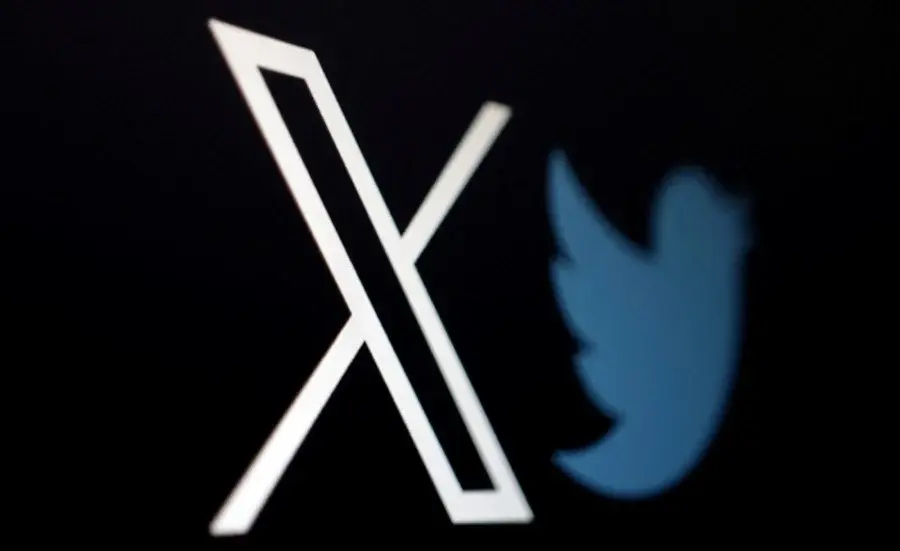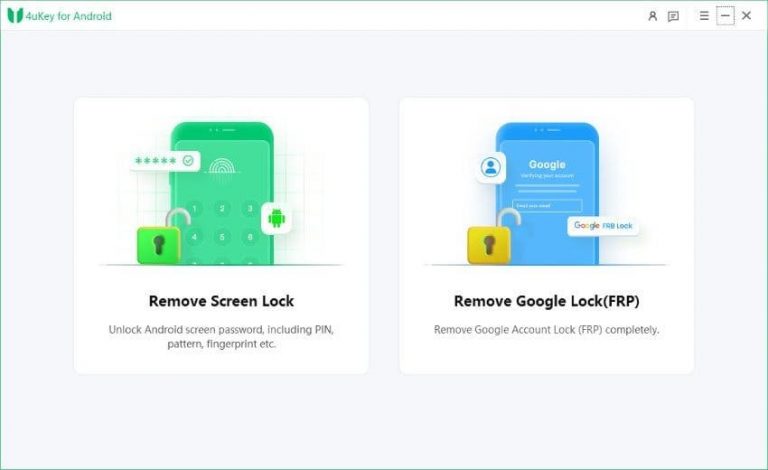Social media platforms are constantly evolving, and ad policies are no exception. Recently, Twitter made some changes to its ad policy. Recall that a few days ago, Elon Musk officially changed the name of Twitter to X. Thus, what we know as Twitter is now officially X. Yesterday, Twitter sent an email to advertisers. In the email, the company said that it will no longer place Promoted Accounts ads in the timeline. Advertisers often use this ad to attract new fans. In this article, we will the new change, a few previous changes and what they mean for advertisers.
Background
Twitter is a popular social media platform that allows users to share photos and videos. It has over 1 billion active users, making it an attractive platform for advertisers. In recent years, Twitter has faced criticism for its ad policies, particularly around data privacy. In response, the platform has made several changes to its ad policies to address these concerns.
There are three main types of advertising products on Twitter. They include Promoted Trends, Promoted Accounts, and Promoted Tweets (ad push). If users want to promote their accounts, they can pay to advertise, which is called “Promoted Accounts”.
The timeline is the content that appears on the user’s Twitter homepage. It is composed of dynamics such as “likes” and “answers” from users’ followers. Advertisers will use the “promote account” ad to promote the brand in the timeline. If users are interested, they can follow through the “Follow” button. According to the report, more than $100 million of Twitter’s global annual revenue comes from Follower Objective ads. This means ads from “promoted accounts”.
Impact of Changes on Advertisers & Users
What is the impact of the new measures? In the future, if you want to gain followers on Twitter, there will be one less way. Since Musk took over Twitter, it has been developing new ad products based on multimedia tools (such as ad videos), and “promoted accounts” do not have such functions.
Twitter’s change to no longer allows advertisers to promote their accounts within the platform’s timeline will have several impacts on advertisers and users. Here are some of the potential effects:
Impacts on Advertisers
- Less visibility: Users that place ads will no longer be able to promote their accounts in users’ timelines. This could could result in less visibility for their brand.
- Shift to other ad formats: With promoted accounts no longer available, advertisers may need to shift their ad spend to other formats, such as promoted tweets or promoted trends.
- Less control over targeting: Promoted accounts allowed advertisers to target specific users based on their interests or demographics. Without this option, advertisers may have less control over who sees their ads.
Impacts on Users
- Fewer ads in timelines: With promoted accounts no longer appearing in users’ timelines, they may see fewer ads overall.
- More relevant ads: Without promoted accounts, users may see more relevant ads based on their interests and behaviour.
- Less spammy content: Promoted accounts could sometimes be seen as spammy or irrelevant to users. With their removal, users may see less of this type of content.
In the past period of time, Twitter advertisers have been losing. On June 5, Linda Yaccarino, the former ad director of NBC Universal, became the new CEO of Twitter. She is working hard to reshape Twitter’s image and recover advertisers. Basically, it will be more difficult to promote accounts in the future.
Gizchina News of the week
Other Changes to Twitter’s Ad Policy
This is not the first ad policy that has changed since Elon Musk took over the realm of affairs at Twitter. The company has been making policy changes to suit the needs of the new team. Some of the previous changes are listed below
1. Increased Transparency:
Twitter has increased clarity around its ad policies. Advertisers are now required to disclose who paid for the ad and any affiliations with political organizations. This change aims to stop foreign interference in elections.
2. Stricter Content Guidelines:
Twitter has also tightened its content guidelines for ads. Ads that contain false information or promote hate speech are now prohibited. This change aims at preventing the spread of fake news and hate speech on the platform.
3. More Control for Users:
Twitter has given users more control over the ads they see. Users can now choose to see fewer ads from a particular advertiser or block ads from certain categories, such as alcohol or gambling.

These changes have several implications for advertisers. First, those that place ads will need to be more transparent about who is paying for their ads. This means that they will need to disclose any affiliations with political organizations. Also, they will be more open about their funding sources. Second, they will need to ensure that their ads comply with Twitter’s stricter content guidelines. Ads that contain fake news or promote hate speech will not get approval. So, advertisers will need to ensure that their ads are accurate and do not promote hate speech. Finally, advertisers will need to be more strategic in their targeting. With users having more control over the ads they see, advertisers will need to ensure that their ads are relevant and engaging to their target audience.
Final Words
Twitter has recently made a policy change that will no longer allow advertisers to promote their brands in timelines using the promoted accounts ad format. This policy change is in line with Twitter’s efforts to evolve its content and improve the user experience on the platform. By discontinuing promoted accounts, Twitter is signalling a shift towards more engaging and interactive ad formats that are less intrusive and more relevant to users.
Promoted Accounts ads will no longer appear on users’ timelines. This means that for users to get more followers on Twitter, there is one less way now. While these changes may present challenges for advertisers, they also present opportunities for advertisers. Those that place ads now have to be more strategic in their targeting and more transparent in their funding sources. By adapting to these changes, advertisers can also continue to use Twitter as an effective ad platform.
Twitter’s decision to discontinue promoted accounts is a bold move that reflects the company’s commitment to improving the user experience on the platform. While it may have a short-term impact on Twitter’s revenue, it is likely to pay off in the long run by attracting more users and advertisers who value a more engaging and interactive ad experience.
Via: gizchina.com









